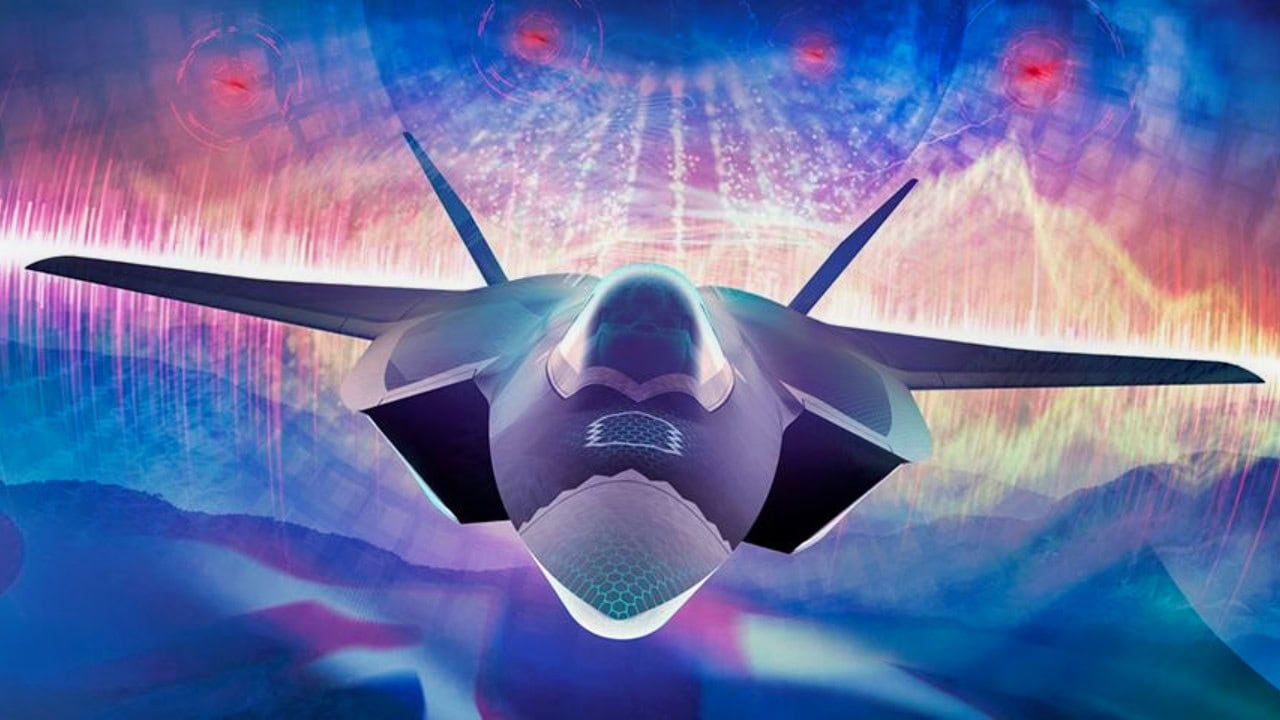Article Summary: The YF-23 Black Widow was a stealthier, longer-range fighter than the F-22 Raptor but still lost the U.S. Air Force’s ATF competition in the 1990s. With its diamond-wing design and superior low observability, some wondered if the YF-23 could make a comeback in Japan’s F-X fighter program.
Point #1 – However, Japan ultimately opted for a domestically developed stealth fighter, now part of the Global Combat Air Program (GCAP) with the UK and Italy.
Point #2 – Despite its innovative design, the YF-23 remains a forgotten marvel, overshadowed by the F-22 and the future Tempest fighter.
The YF-23: Why America’s Forgotten Stealth Fighter Won’t Make a Comeback
Northrup and McDonnell Douglas built the YF-23, an American single-seat, twin-engine, stealth fighter technology demonstrator prototype designed for the United States Air Force (USAF) to replace the F-15 Eagle.
With Northrop as the prime contractor, the design team was a finalist in the USAF’s Advanced Tactical Fighter (ATF) demonstration/validation competition, which lost to the YF-22 team in 1991 for full-scale development and production. Two YF-23 prototypes were built.
YF-23: Making a Comeback in Japan?
Northrup, at least according to reports, dusted off the design in 2018 when the Japan Air Self-Defense Force (JASDF) solicited industry partners to assist with developing its 5th/6th generation (F-X) fighter.
There was speculation that the company could offer the JASDF a modernized version of the YF-23, while Lockheed Martin offered a hybrid airframe derived from the F-22 and F-35.
Japan ultimately did not select these proposals due to concerns about costs and industrial work-share.
YF-23 Lost A Close Contest With YF-22 Raptor:
Plans to replace the F-15 Eagle began in the late 1980s after the Air Force caught a look at new Soviet-designed fighter aircraft, the Su-27, and the Mig-29. Northrup teamed up with McDonnell Douglas (now part of Boeing) to build the YF-23, an incredible build for its time.
It ultimately lost the competition to the YF-22, now the F-22 Raptor. However, in a couple of key areas, the YF-23 was superior to the Raptor. In terms of stealth and range, the YF-23 outperformed the YF-22.
Its engineering was far ahead of its time. The diamond-shaped wing and composite materials used in building the frame gave the aircraft a sleek design, lowering its radar cross-section to less than that of the YF-22.
The first prototype, the “Black Widow,” was powered by the Pratt & Whitney YF119, and the second prototype, called the “Grey Ghost,” was powered by the General Electric YF120 turbofan for testing purposes.
The YF-22 had slightly better top speed and was marginally better at maneuverability due to its thrust vectoring system. The aircraft were evenly matched, and any decision would have been a good one.
However, Northrup had been involved in some nasty scandals during the 1970s, and 1980s which may have tipped the scale in favor of the YF-22.
Japan’s F-X Program
Japan wanted the F-22 Raptor, but the United States decided not to sell it to allies or partners to protect top-secret, proprietary technology. So, Japan opted to build their replacement for the J-2 fighter domestically through the Mitsubishi company.
Then, on Dec. 9, 2022, the governments of Japan, the United Kingdom, and Italy announced the Global Combat Air Program, a joint development project for a sixth-generation fighter aircraft that would replace the United Kingdom and Italy’s Eurofighter Typhoon and the Japanese Air Self-Defense Force’s Mitsubishi F-2.
The new stealth 5th-6th generational aircraft, called Tempest in the UK, is set to be in service in 2035 and will be one of the world’s most advanced, interoperable, and adaptable and connected fighter jets in service.
According to a BAE Systems fact sheet, it will boast an advanced intelligent weapons system, a software-driven interactive cockpit, integrated sensors, and a powerful next-generation radar capable of providing 10,000 times more data than current systems. Combining their efforts with the three countries will cut down on the costs of developing the aircraft, which the Japanese estimated to be around $40 billion.
GCAP also represents a promise between nations to cooperate for generations to come, Kawada Tomohiro, GCAP director in the Acquisition, Technology and Logistics Agency’s project management department, said. “In addition to strengthening equipment and technical cooperation, we can also strengthen the security environment of our partners over the long term.”
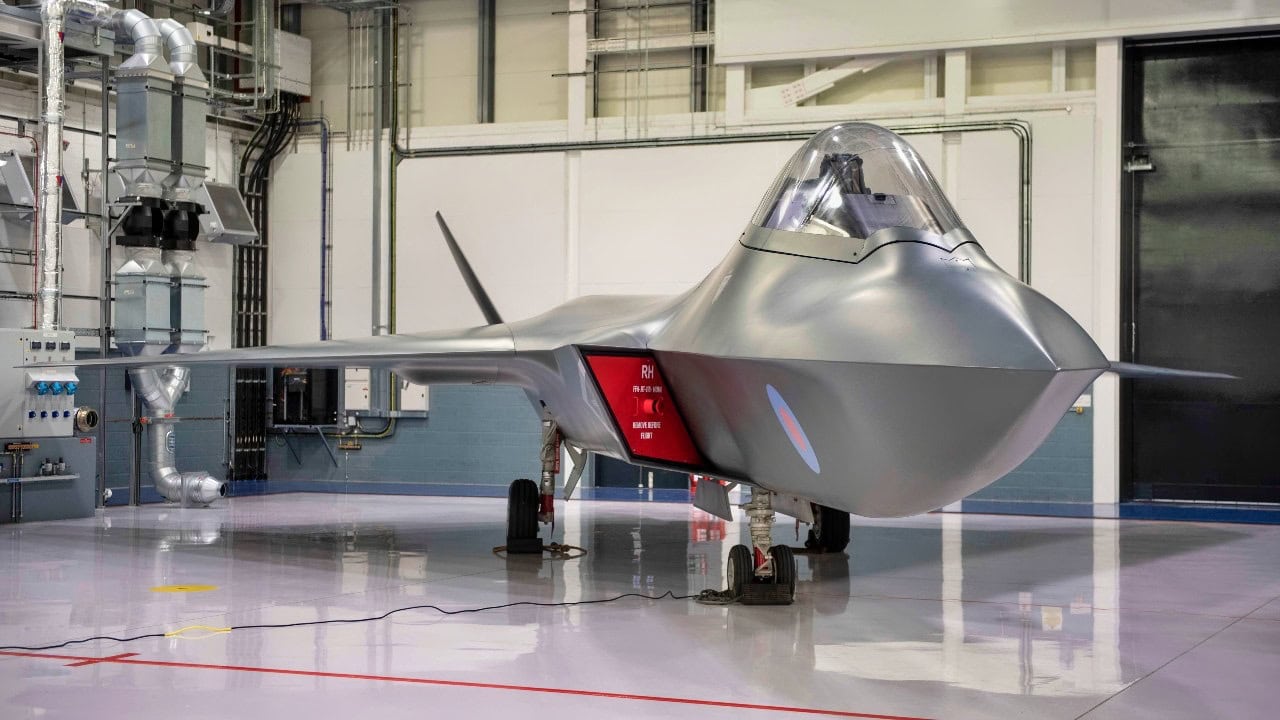
Image of the UK’s concept model for the next generation jet fighter “Tempest”, which was unveiled by Defence Secretary, at Farnborough International Air Show back in 2018.
These relationships are of “great significance” in that they can “fundamentally strengthen the nation’s military,” he added. “It is no exaggeration to say that this is a project that will form the basis of global stability and prosperity” in the Indo-Pacific.
Did The 1990s YF-23 Design Factor In the Design?
The Japanese didn’t select the YF-23 design for a couple of reasons. First, they didn’t want to go through the US Congress with the purchase of the aircraft design. This is understandable, considering how slow Congress can act in certain situations.
The other is that while the YF-23 was an engineering marvel, it is 1990s technology, which would require massive upgrades, and the Japanese want more modern designs, and they want to build their own components inside the aircraft.
Was the YF-23 ever a serious contender? It is a great story, but it never seems to have been a consideration.
YF-23 Photo Easay

YF-23A Artist Rendering. Image Credit: Creative Commons.
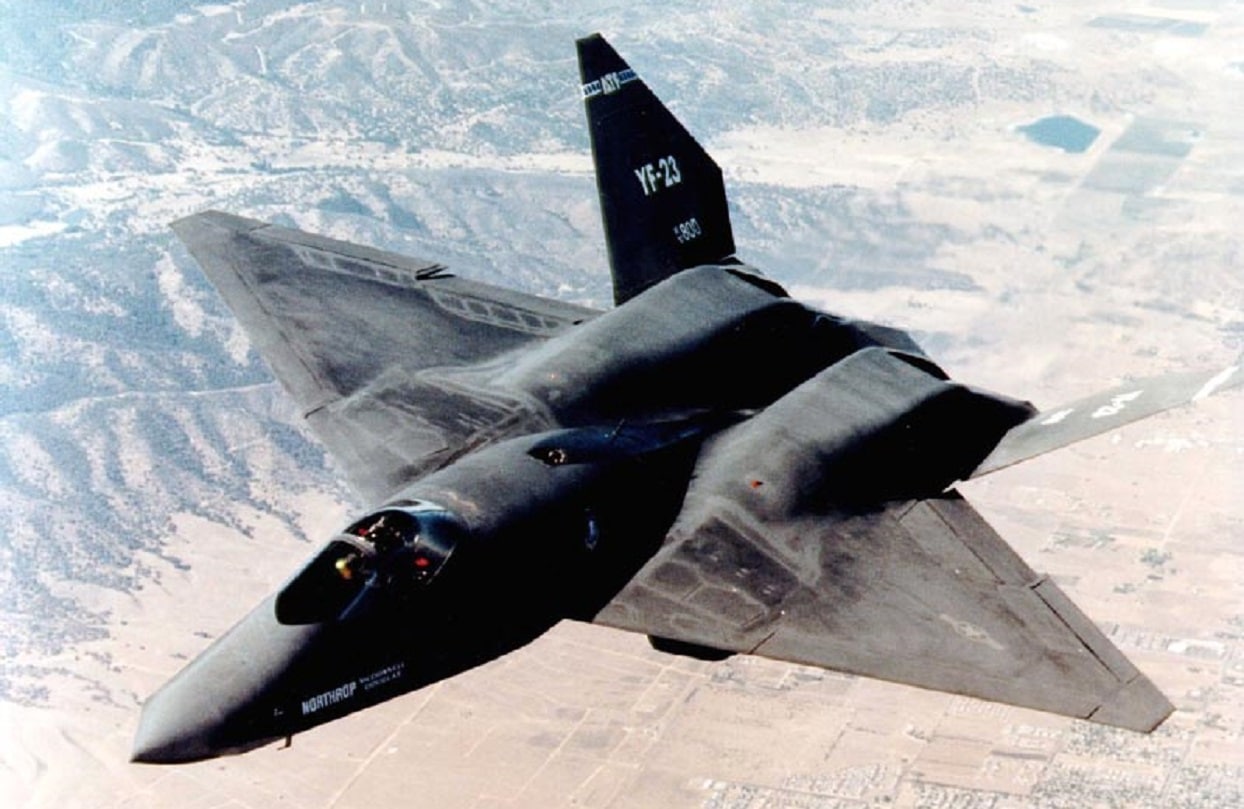
Image: Creative Commons.
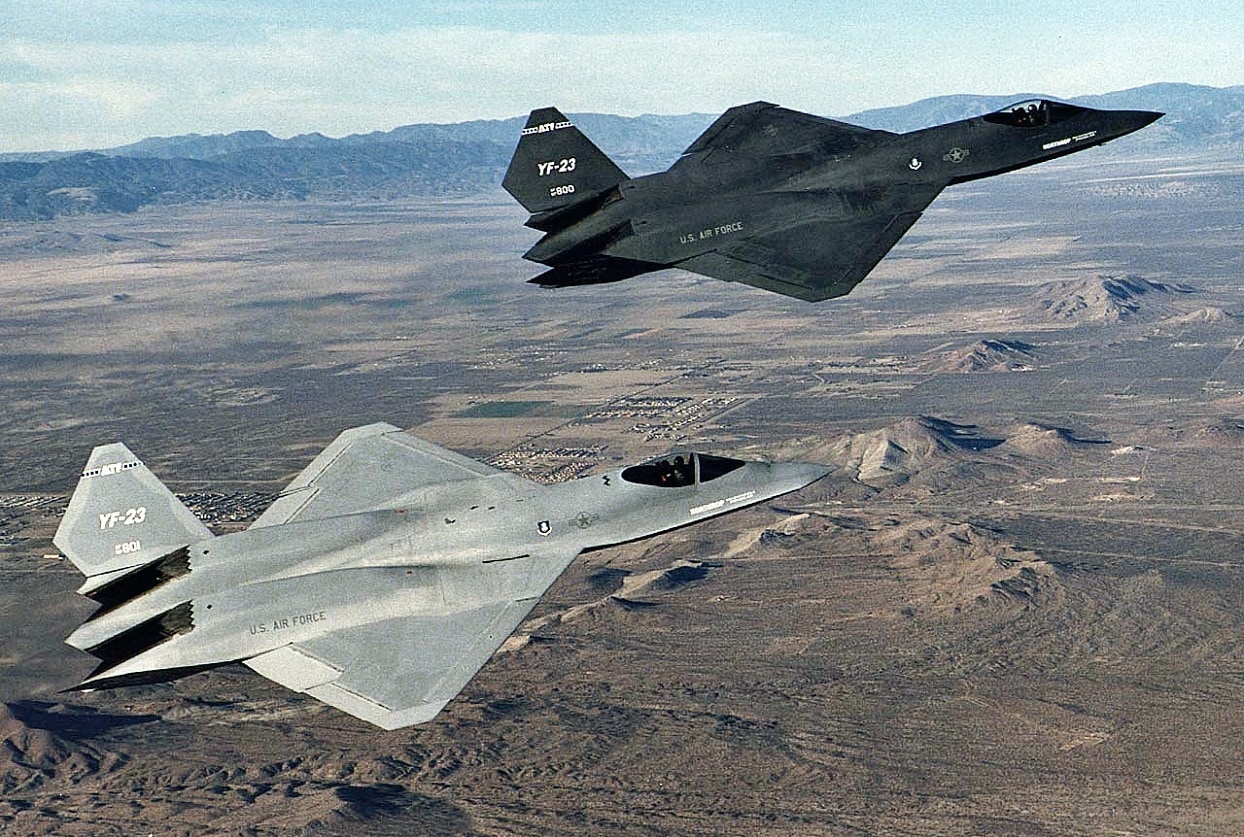
Image: Creative Commons.

Image: Creative Commons.
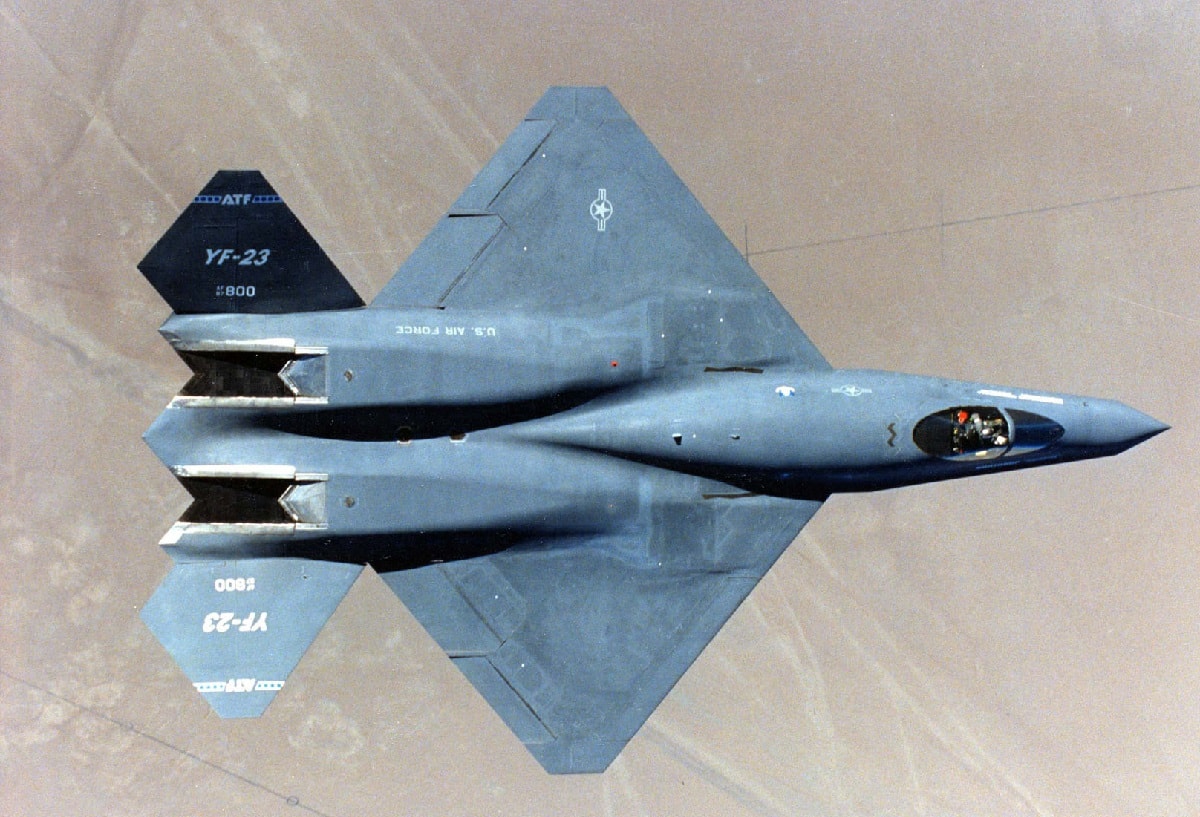
Top view of the YF-23, showing the trapezoidal wings and separation between the forward fuselage and engine nacelles.

Image: Creative Commons.
About the Author Steve Balestreri
Steve Balestrieri is a 19FortyFive National Security Columnist. He served as a US Army Special Forces NCO and Warrant Officer. In addition to writing for 19FortyFive, he covers the NFL for PatsFans.com and is a member of the Pro Football Writers of America (PFWA). His work was regularly featured in many military publications.

